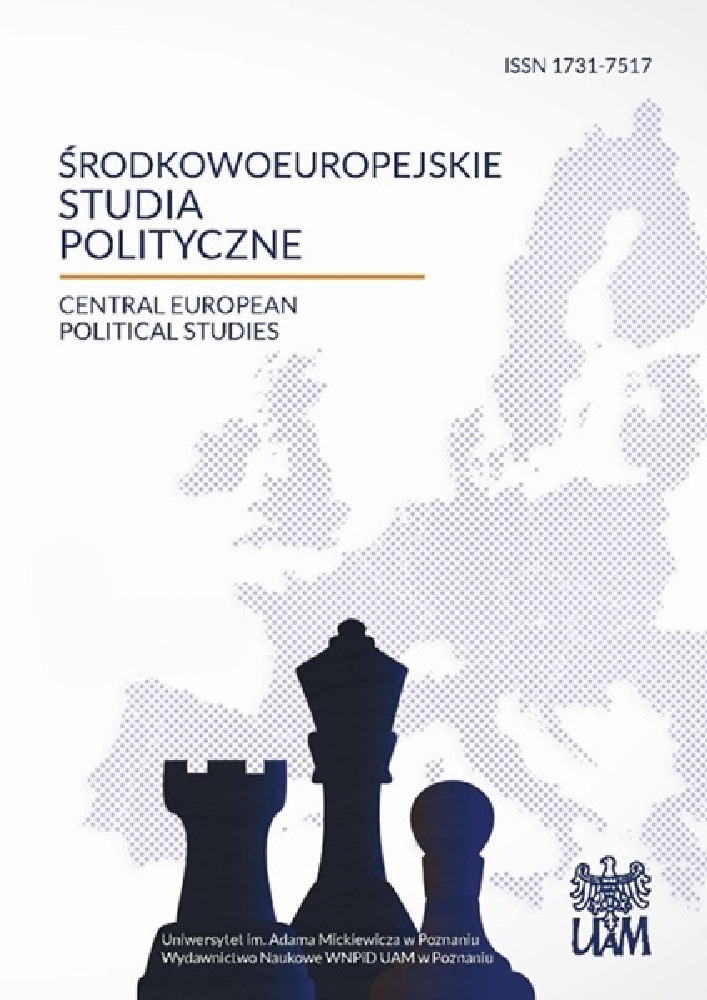Abstract
A product that needs to be promoted and sold and the information published in the media alike undergo a process of ‘merchandization’. Therefore a given message has to be included in the mainstream media content observing the principle of maximized profit, or, in this case, reaching a mass audience. This generates the realm of specialized competition to win an individual’s interest, named ‘attention economics’ by Georg Franck. In order to get the message across to concrete recipients, broadcasters have to take appropriate steps to prevent their information from being rejected. For this purpose the actors on the political stage apply modern communication tools to (directly) attract the attention of the (indirectly) mass media audience. One such tool is a prop that can be used as a means to deprecate an opponent, an element of a political image, a source of symbolism, or an iconographic form used to present the issue in question. Trying to attract the attention of mediators in the communication process is a strategy to win popularity, which is in turn supposed to increase the probability of success during the elections, which increasingly more often are becoming a pure popularity poll.License
Copyright
© 2012, Uniwersytet im. Adama Mickiewicza w Poznaniu, Wydawnictwo Naukowe Instytutu Nauk Politycznych i Dziennikarstwa
OPEN ACCESS
